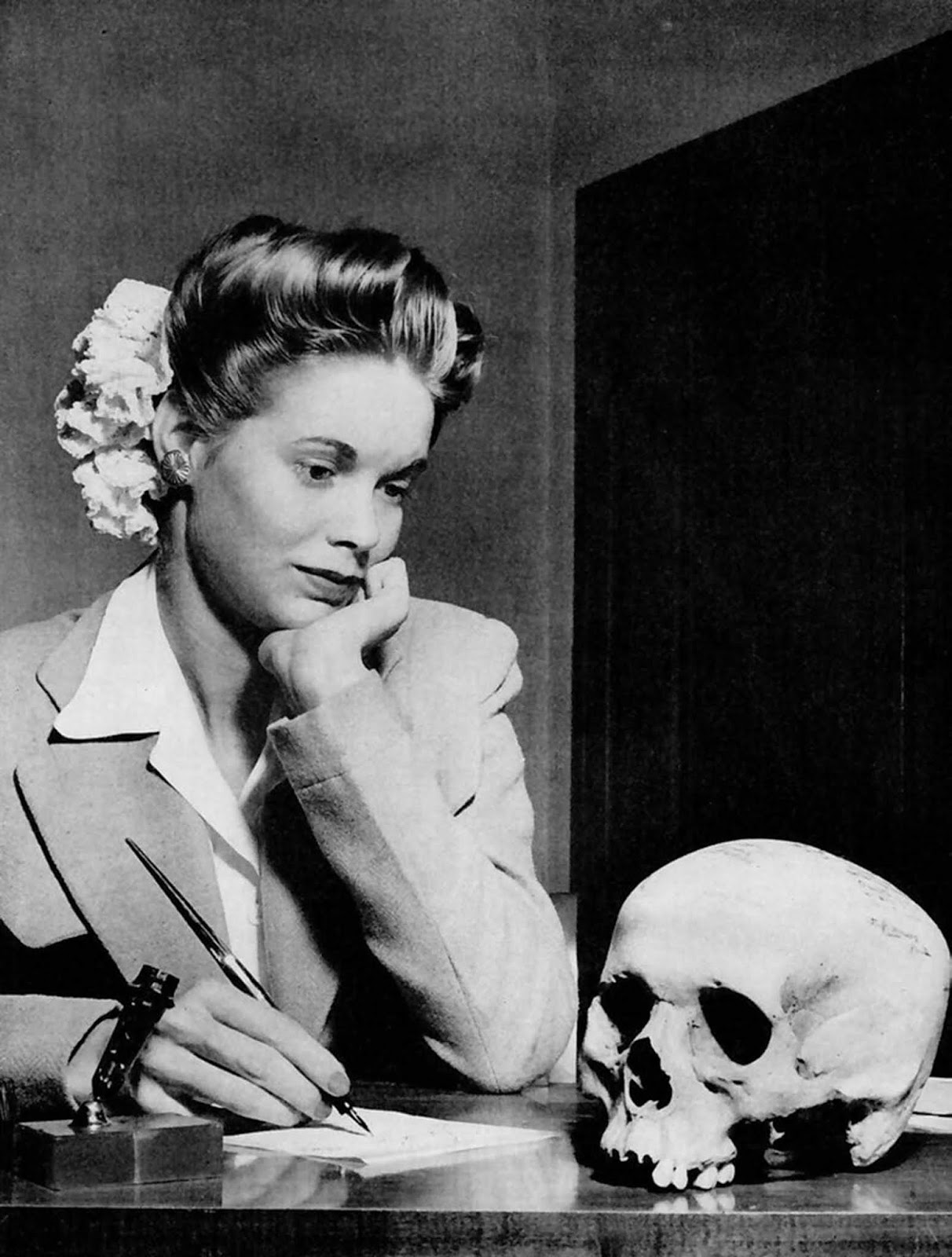
So much of this image is a mystery. The picture is disturbing as it portrays a time when these actions were considered normal. However, it remains unknown what became of the skull, the young woman and the soldier who gave it to her as a gift.
Ralph Crane took this image, and on May 22, 1944, it was featured in LIFE magazine as the picture of the week. It had the caption: “When he said goodbye two years ago to Natalie Nickerson, 20, a war worker of Phoenix, Ariz., a big, handsome Navy lieutenant promised her a Jap.
Last week Natalie received a human skull, autographed by her lieutenant and 13 friends, and inscribed: “This is a good Jap—a dead one picked up on the New Guinea beach.” Natalie, surprised at the gift, named it Tojo. The armed forces [LIFE pointedly noted] disapprove strongly of this sort of thing”.
Niall Ferguson, in his book; The War of The World: Twentieth-Century Conflict and the Descent of the West, released in 2006, noted when discussing the photograph of Natalie Nickerson and the Japanese skull: “Allied troops often regarded the Japanese in the same way that Germans regarded Russians—as Untermenschen. Boiling the flesh off enemy skulls to make souvenirs was not an uncommon practice. Ears, bones, and teeth were also collected.”
President Roosevelt was once given a letter opener from a man’s arm. It is said that he received it warmly but eventually had the item buried later with other remains.
The Japanese press got wind of that story and the photo of Natalie and Tojo. Many historians have claimed that the levels of US soldiers treating remains with disrespect aided the mass suicide of civilians who jumped into the sea at Saipan and Okinawa.
Japan became a trusted US ally after the war, and the practice of souvenir body parts ceased.